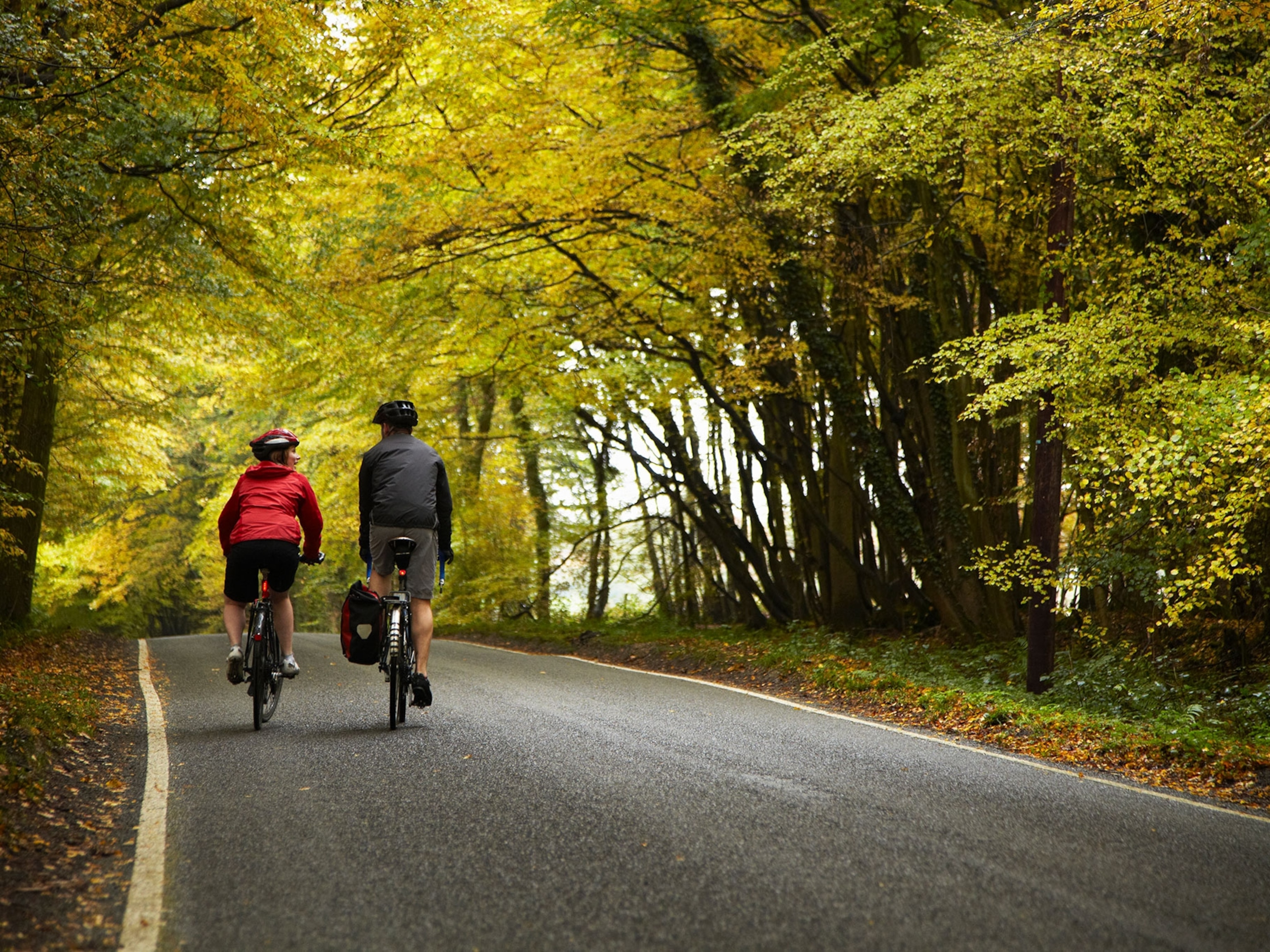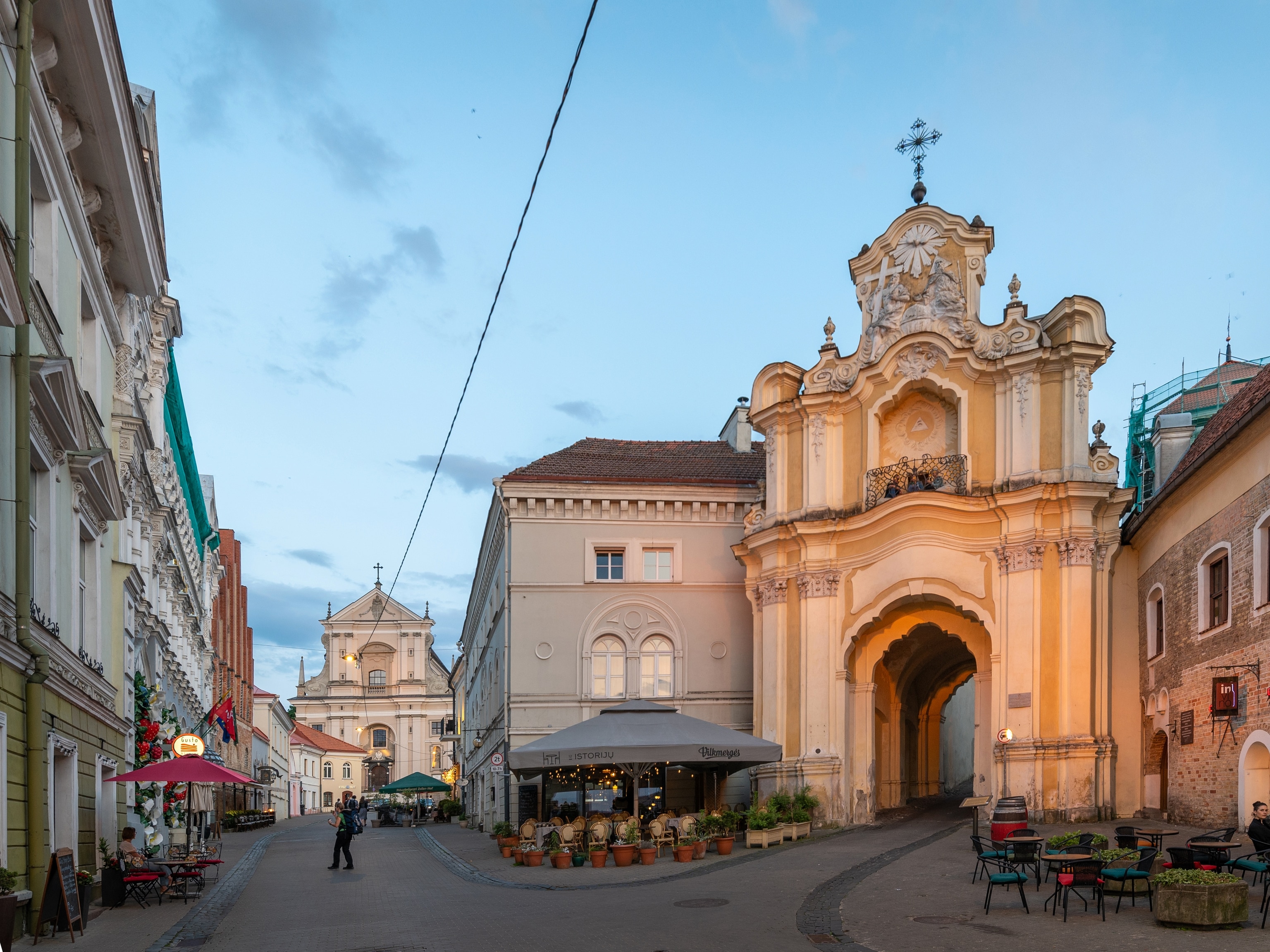
This grand trail will one day connect Washington, D.C., to Washington State
The Great American Rail-Trail will link towns and cities along a dedicated, 3,700-mile path that uses dozens of converted railways.
When completed, the ambitious Great American Rail-Trail will take hikers and bikers clear across the country from Washington, D.C., to Washington State. Not only will it be an epic journey from mountains to plains to the clear waters of the Pacific, but it will also be a way to help re-energize dozens of communities along the way.
“How the Great American could help communities was a huge part of our criteria for determining where this would go,” says Liz Thorstensen of the Rails-To-Trails Conservancy, the organization overseeing the project
A tale of rebirth
For much of the 20th century, America’s Midwest was an industrial powerhouse, using trains to carry goods from New York to Wisconsin. But as manufacturing demands declined, thousands of miles of railway lines that snaked through Midwestern towns and cities lay unused.
Now, those same railways—converted into rail trails—are presenting new opportunities, and rebuilding and reconnecting formerly thriving enclaves.
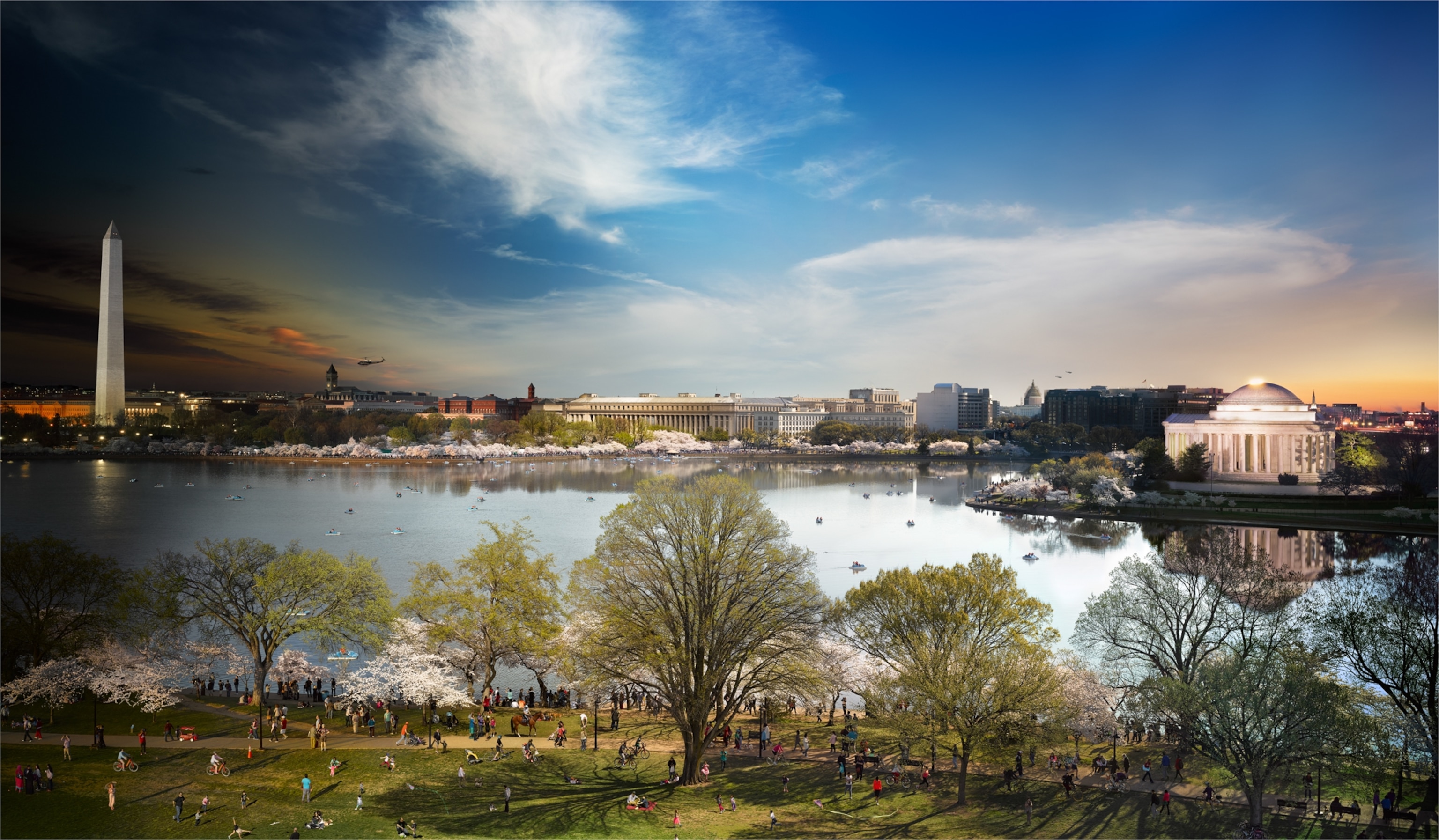

Running 3,700 miles through 12 states and Washington, D.C., the “Great American” starts (or ends) at the National Mall in downtown Washington. The route takes in iconic landscapes and experiences, crossing the Appalachian Mountains and the mighty Mississippi River. Further west, it ascends the Continental Divide east of Butte, Montana, and traverses Puget Sound in Seattle, before reaching the Pacific Ocean at La Push, Washington.
More than 50 percent complete (it could take another 20 years for the entire trail to be linked up), the trail is already seeing a demand for campsites, bike repair services, restaurants, and breweries, as well as a host of other activities and venues along the route.
The Rails-To-Trails Conservancy estimates that 50 million Americans live within 50 miles of the proposed route of more than 145 existing rail trails, greenways, and other multipurpose paths. When completed, the Great American could generate close to $230 million in annual visitor spending and 25,000 new jobs over 10 years for communities that lie on or near the trail, according to a May 2022 report.
Full steam ahead
Muncie, Indiana, a city of 65,000 people, is one of many small towns ready to put its once bustling railway lines to use again.
“The fact that we are a paved and a multiuse trail puts us as a prime trail to visit,” says Angie Pool, who heads the Cardinal Greenways, a 62-mile stretch along the Great American that passes through Muncie. “The Great American Rail-Trail will just enhance this opportunity for lovers of trail-riding across the country.”
For businesses such as Kirk’s Bike Shop, a Muncie staple since 1865 situated less than a mile from the trail, that could be a major boon.
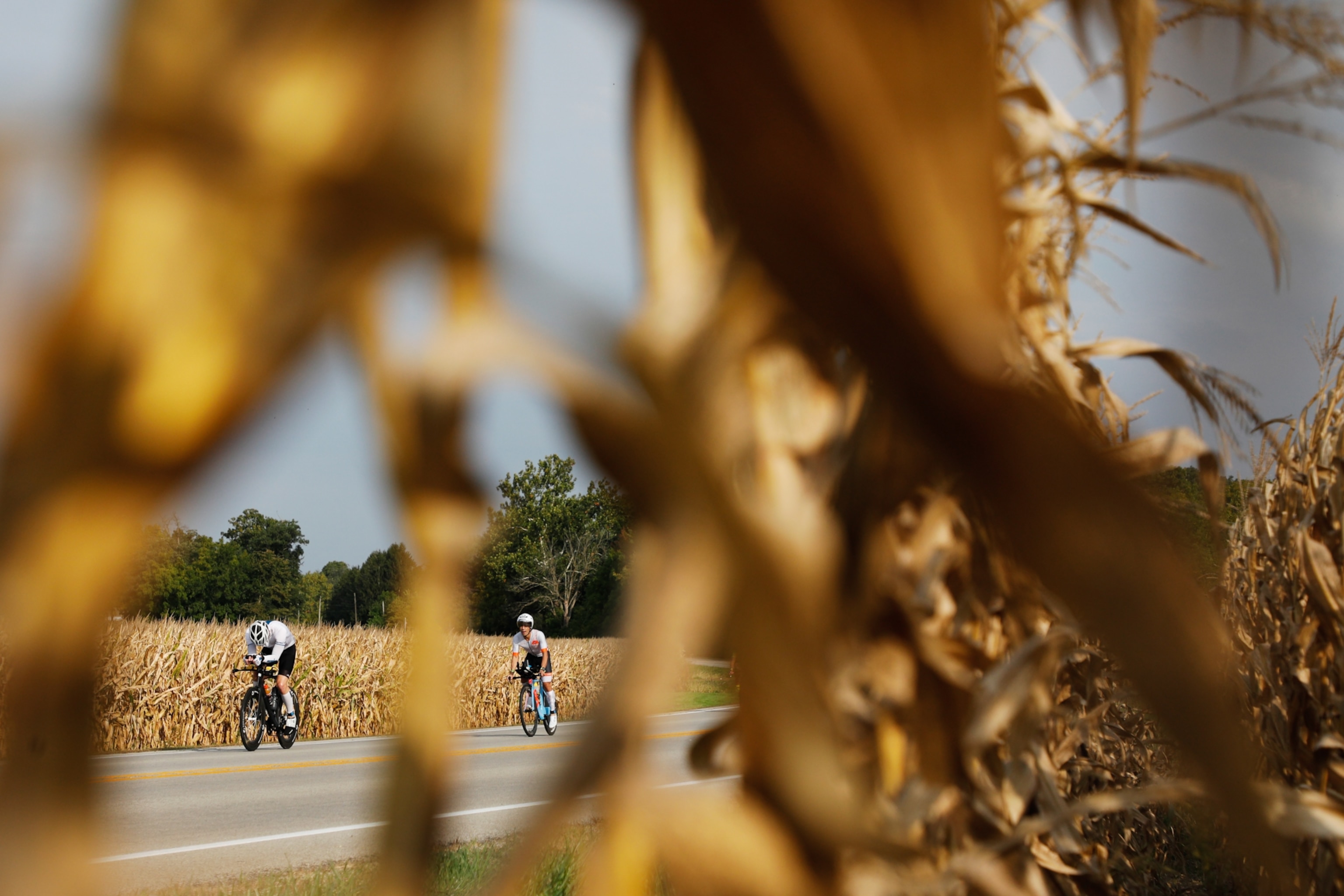
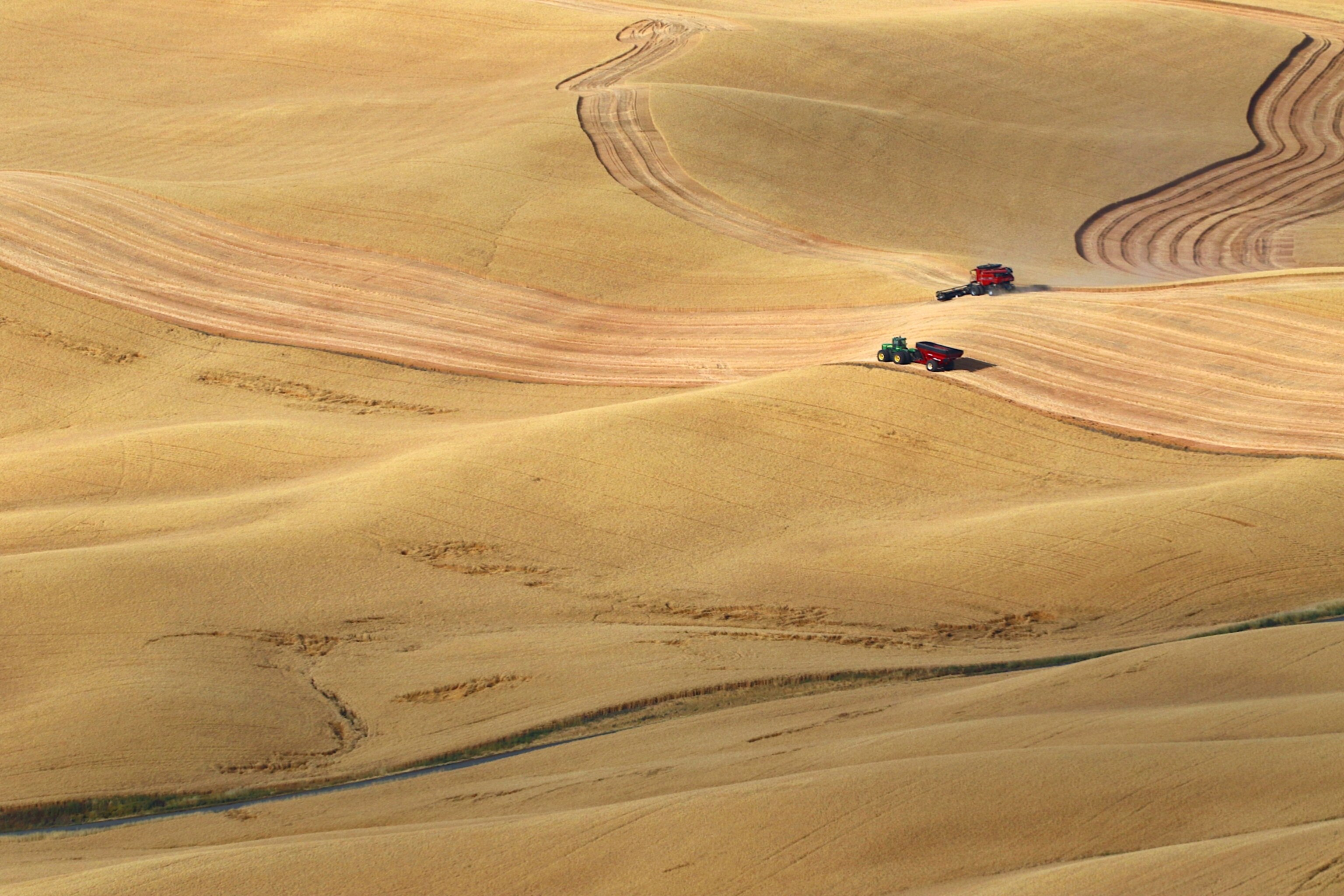
“A large majority of our customers are local, but [the Great American] could help grow tourism. It could open the eyes of local people to what’s out there, too,” says Jason Allardt, the store owner.
In Muncie, the route connects to the Minnetrista Museum & Gardens, a city landmark with 40 acres of orchard and gardens, a farmers market, and canning and glass-making workshops that are open to the public. Cafés, breweries, and restaurants are nearby, too.
In western Iowa, Council Bluffs has embarked on a major urban revival project near sections of the Great American that pass through the heart of the city. Around 60 percent of the town’s residents live within just one mile of the First Avenue rail trail that is being developed as a “linear park,” incorporating trail plazas, shade structures, and green spaces. Officially opening this spring, it’s also set to serve as an important transport corridor.
“We want people to be able to get to their jobs, and with the commuter in mind, we spent a great deal of money on lighting the trail so it can be used 24/7 and have prioritized it for snow removal,” says Brandon Garrett, chief of staff for the City of Council Bluffs.
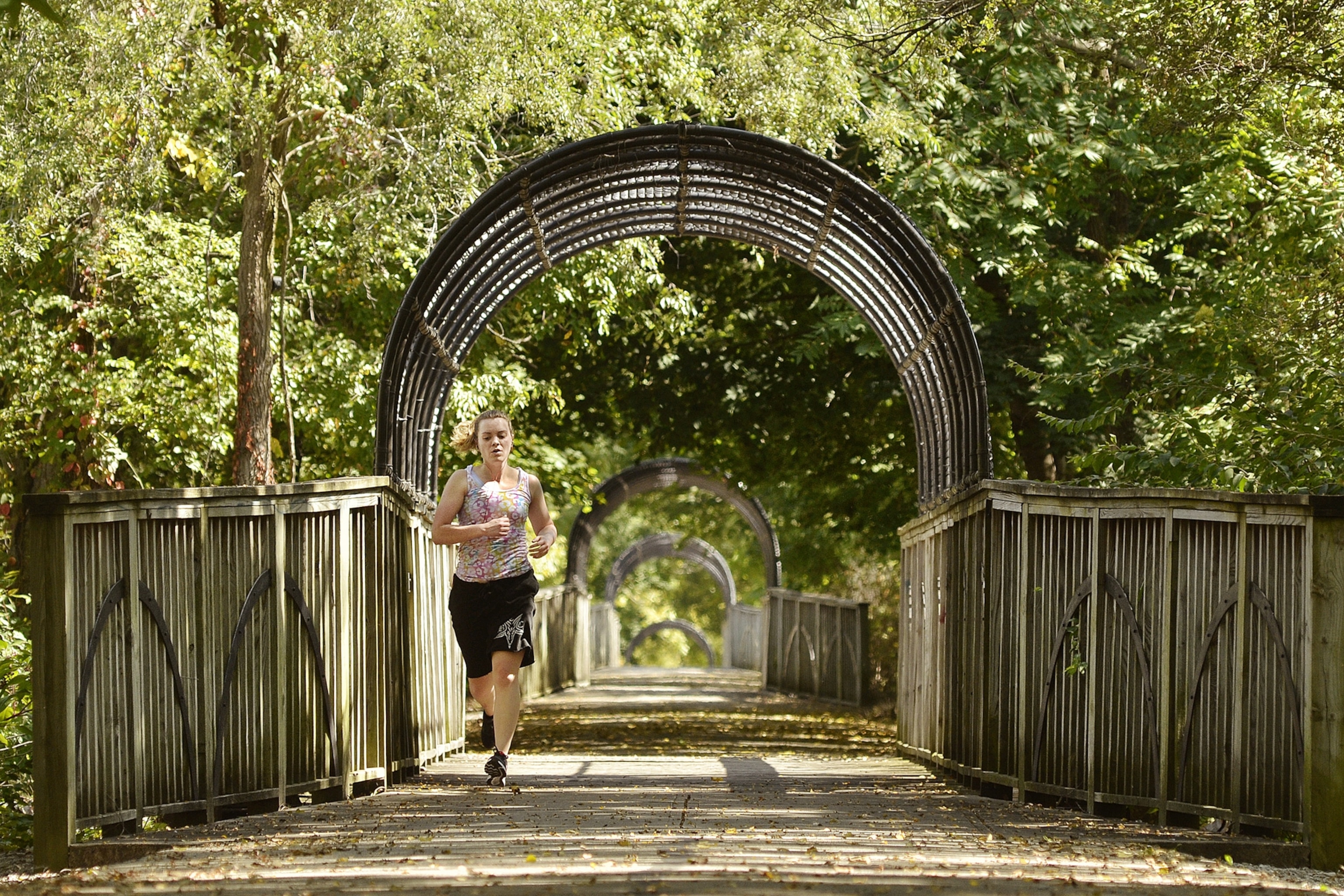
Developers chose an asphalt trail surface to better suit joggers and people using wheeled transportation, such as walkers, strollers, wheelchairs, and power chairs.
“We are part of a metro area that’s the largest [on the Great American route] between Chicago and Seattle, so whether travelers are just going across Iowa or Nebraska, or are doing a larger segment, they would probably circle here as a main stop on their adventure,” Garrett says.
Nearly 1,500 miles west of Council Bluffs, a similar story is playing out in Port Angeles, a community of around 20,000 people in Washington State. There, railway lines built and expanded upon in the 1800s are now where travelers can spot orcas and seals on the Olympic Discovery Trail section of the Great American. Further west, it passes through the northern section of the stunning Olympic National Park.

With the Great American route set to pass through downtown Port Angeles, locals are already building out new trail infrastructure. Last year, a bike repair store opened in a previously vacant spot on the trail in downtown Port Angeles, while hotels in the area have begun supplying guests with e-bikes to use on the pathway.
“We already get people cycling across the country stopping here. [The Great American is] only going to improve and expand on that,” says Jeff Bohman of the Peninsula Trails Coalition, a local advocacy group.
While travelers can take advantage of the route now, there are still more than 80 trail gaps, including large sections of unmapped routes in Wyoming and Montana.
“Sometimes it’s the geography that presents a challenge, or there’s a particular bridge that needs to be rehabbed,” says Thorstensen. “It’s about lining up the funding.”
Still, major progress has been recorded in recent years. Since a route plan was first announced in 2019, more than $75 million in public and private funding has been secured to help build out the trail. More than a hundred miles are currently in development.
Hike with us: National Geographic’s Trails Illustrated maps highlight the best places for hiking, camping, boating, paddling, and wildlife viewing along North America’s most popular trails.


